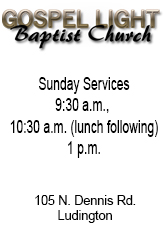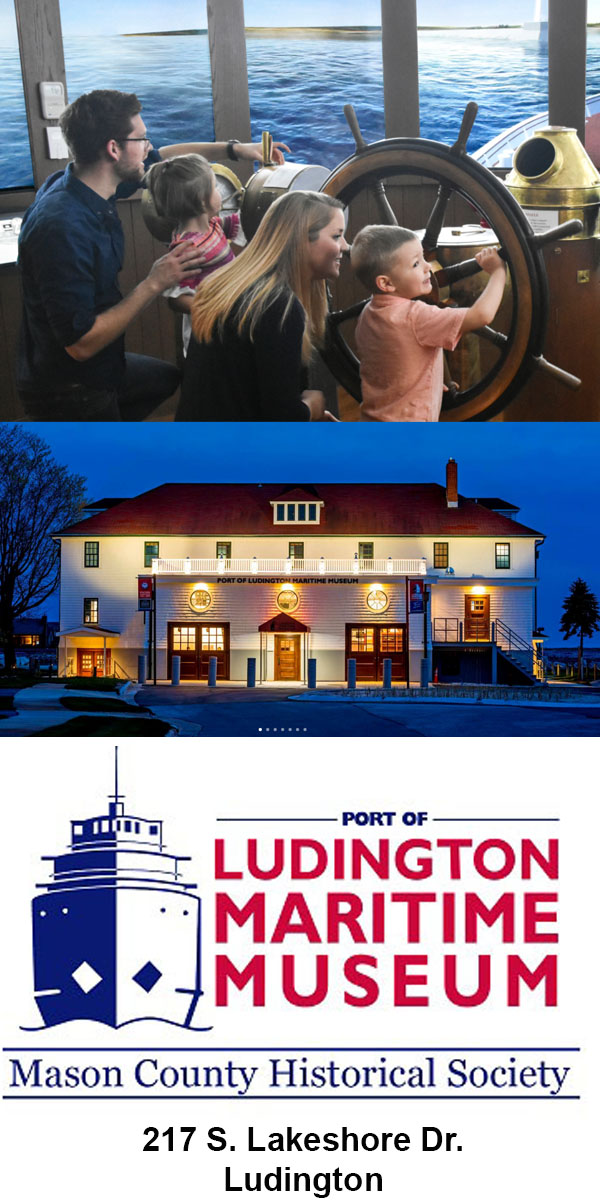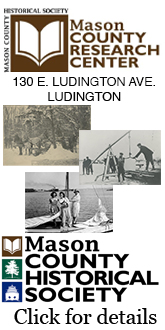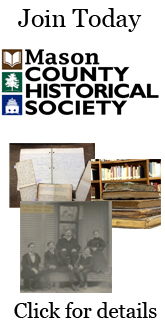RIVERTON TWP. — In 1977 Sharon Bluhm had been an adjunct professor of English at West Shore Community College for just over a year. She and her husband moved into an old house located down a two-track in southern Riverton Township. They were almost magically drawn to the place.
The home was called the Humps by its previous owners, the Dawson family.
 “When I first saw the Humps in 1977 I fell in love with the place, the old log cabin built in 1858 and the tutor style house,” she says. “Even though in grave disrepair (no heat, no hot water, holes in the walls and ceiling, bugs and animals of all sorts) I was young and thought it could be fixed up in a couple of years.
“When I first saw the Humps in 1977 I fell in love with the place, the old log cabin built in 1858 and the tutor style house,” she says. “Even though in grave disrepair (no heat, no hot water, holes in the walls and ceiling, bugs and animals of all sorts) I was young and thought it could be fixed up in a couple of years.
“Now, 36 years later I am still working on it. I felt at home the first time I saw the Humps. The Dawsons called it their ‘Walden,’ their escape from the city to the country. I have always felt the same.”
What she did not know in 1977 was that the house was the childhood summer home to Manierre Dawson, one of America’s premiere abstract artists. Nor did she know that in the next three decades she would intimately get to know Mr. Dawson, even though he died in 1969.
“As I restored the house I began researching its history,” she says. “Neighbors and visitors would often tell me about the George and Eva Dawson family who lived there before me and of their son, Manierre, who became an artist and has his works in many museums across the country. I started research and found a file of magazine articles and exhibition catalogs at White Pine Village (home of the Mason County Historical Society) and was hooked. I began a file and added information as I found it through the years.”
Sharon continued on with life, raising her children and developing her career. As her girls got older, she began teaching full time at West Shore, eventually being appointed Chair of the Arts and Humanities.
 “About 10 years ago, two of Manierre’s grandsons appeared at my door,” she says. They came to see their grandfather’s farm, Southedge, located a short distance from the Humps on Deren Road. “They weren’t sure if their great-grandfather’s place, my home, was still standing so they began traveling down several two-tracks until they found it.
“About 10 years ago, two of Manierre’s grandsons appeared at my door,” she says. They came to see their grandfather’s farm, Southedge, located a short distance from the Humps on Deren Road. “They weren’t sure if their great-grandfather’s place, my home, was still standing so they began traveling down several two-tracks until they found it.
“We became instant friends and they shared both their great-grandfather’s and grandfather’s journals with me. In each there were many stories about the Humps and their life there, which were very exciting for us to read.
“Since then the Dawson kin has become like family to my girls and I. We have been invited and attended Manierre Dawson exhibitions around the country.”
But, Manierre Dawson’s spirit had more in store for Professor Bluhm. Her interest in the artist and her connection to the family inspired her to tell his story. A few years ago she was granted a sabbatical by the WSCC Board of Trustee so she could research Dawson in greater detail.
“When I took my sabbatical and did more research I started thinking about a coffee table book of Dawson art, highlighted with journal entries. The more I read his journals, the bigger the book idea became and it just mushroomed from there.”
Sharon retired full time from West Shore in the fall of 2011, allowing her more time to write the book.
“I used a lot of resources at White Pine Village, the Ludington library, West Shore Community College library and lots of research on the computer.
Later this month “Manierre Dawson, Inventions of the Mind” will be released. The 240 page book is a biography on the artist, written for a general audience.
“I have always had a love of history, especially biographies,” Sharon says. “Stories about real people’s lives are far more interesting to me than fictional characters. I never set out to write a book, it just happened.
“It’s been a lot of fun. I like to dig into history and uncover new information.”
It is probably safe to say that Sharon Bluhm is one of this area’s leading expert on Manierre Dawson.
George and Eva Dawson lived in Chicago and summered in Mason County. They were avid supporters of the arts, but, they preferred “professional” careers for their sons.
A Wikipedia article states that after high school Manierre, the second of four sons, enrolled in the civil engineering program at the Armour Institute of Technology. When he completed his four-year degree in 1909, his civil engineering curriculum had made a lasting impact on his creative vision. Mechanical drawing methods and descriptive geometry courses led him to paint in a geometric style by the end of 1908.
“His analytical geometry and differential calculus courses contributed directly to his first series of abstract paintings in the spring of 1910,” according to “Manierre Dawson (1887-1969): A Catalogue Raisonné,” by Randy J. Ploog, Myra Bairstow and Ani Boyajian.
 After working a year at an architectural firm in Chicago, he was granted a six month leave-of-absence for an educational tour of Europe in 1910. Upon returning from the tour and meeting many artists, to continue painting.
After working a year at an architectural firm in Chicago, he was granted a six month leave-of-absence for an educational tour of Europe in 1910. Upon returning from the tour and meeting many artists, to continue painting.
He was invited to participate in the 1913 International Exhibition of Modern Art in New York but he declined the offer. In 1914, according to the Wikipedia article, he participated in two group exhibitions that travelled to several locations in the Midwest.
In the fall of 1914 he moved permanently to Riverton Township. He met Lilian Boucher, the daughter of a local farmer, and fell in love. They were married in July 1915 and had three children over the next five years.
Dawson took up the career of farming.
“He started to be recognized as an artist when he was quite elderly,” Sharon Bluhm says. “In 1966 he had his first solo show at the Grand Rapids Art Museum. “He had started to winter in Sarasota, Florida and was invited to exhibit his work at the John and Mable Ringing Museum there. He took his work to the curator there who was blown away by it,” Sharon says. “He was the first American artist to do abstract art.”
The Sarasota exhibit was in 1967 following by an exhibit in 1968 at the Norton Gallery in West Palm Springs, Fla. In April and May 1969 he had an exhibition at the Robert Schoelkopf Gallery in New York City.
Dawson died in August of that year.
“After that there began to be exhibitions of his work,” Sharon says. “He’s got art in over 35 galleries across North America” Much of his work is displayed in the Great Lakes region including Grand Rapids Art Museum, Art Institute of Chicago, Milwaukee Art Musuem, Muskegon Museum of Art, David and Alfred Museum of Art at University of Chicago, Illinois State Museum and the Manierre Dawson Gallery at West Shore Community College.
In fact, before he died, Dawson donated a sculpture to West Shore, when the institution was in its infancy.
“Manierre valued the college. Besides the sculpture he donated several art books to the college when it first opened. He loved this area and it certainly inspired his work.”
In 2010, the Dawson family donated one of Manierre’s paintings to West Shore. Both pieces of work are on display in the gallery located in the Arts and Sciences Center on the main campus in Victory Township.
See related post about the Dawson exhibit at the Ludington Area Center for the Arts. Click here.
Story by Rob Alway, Editor-in-Chief

-Mason-County-Press.png)




.png)













































.png)




















